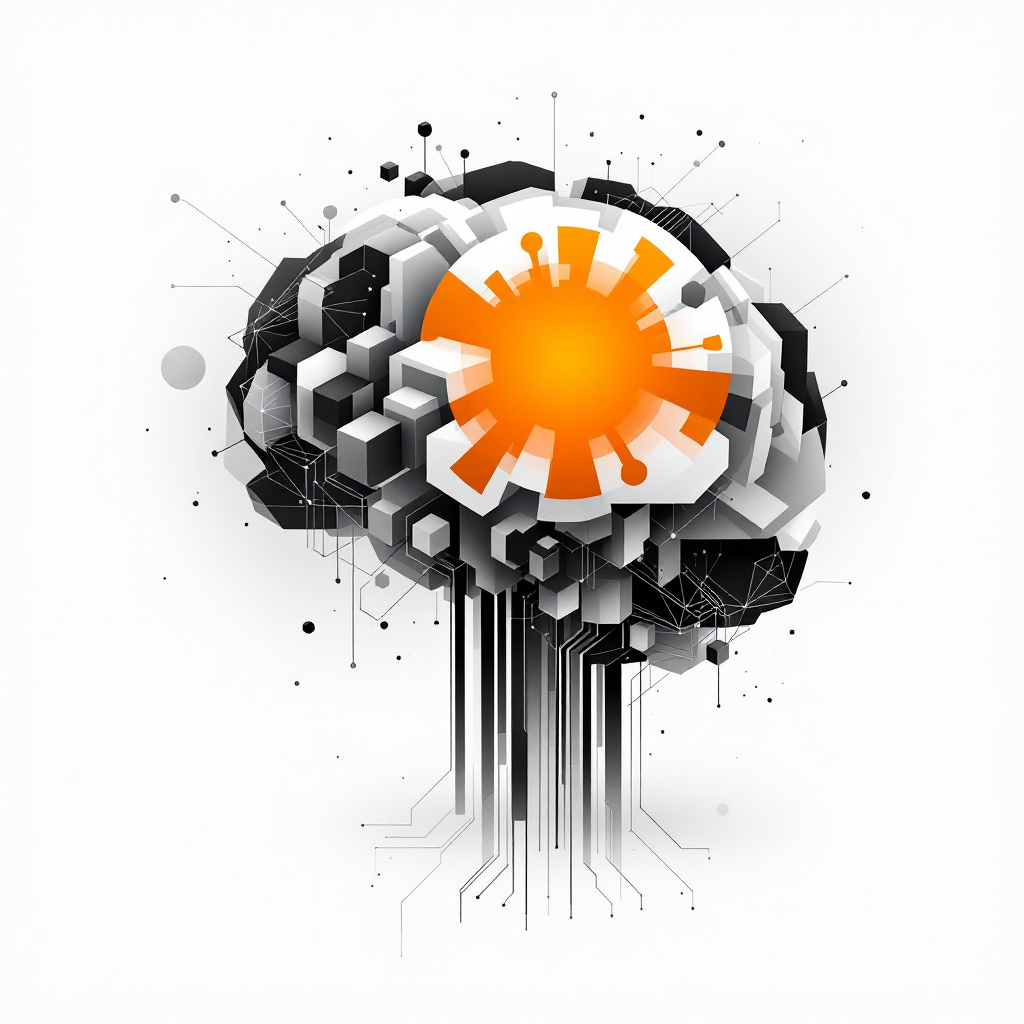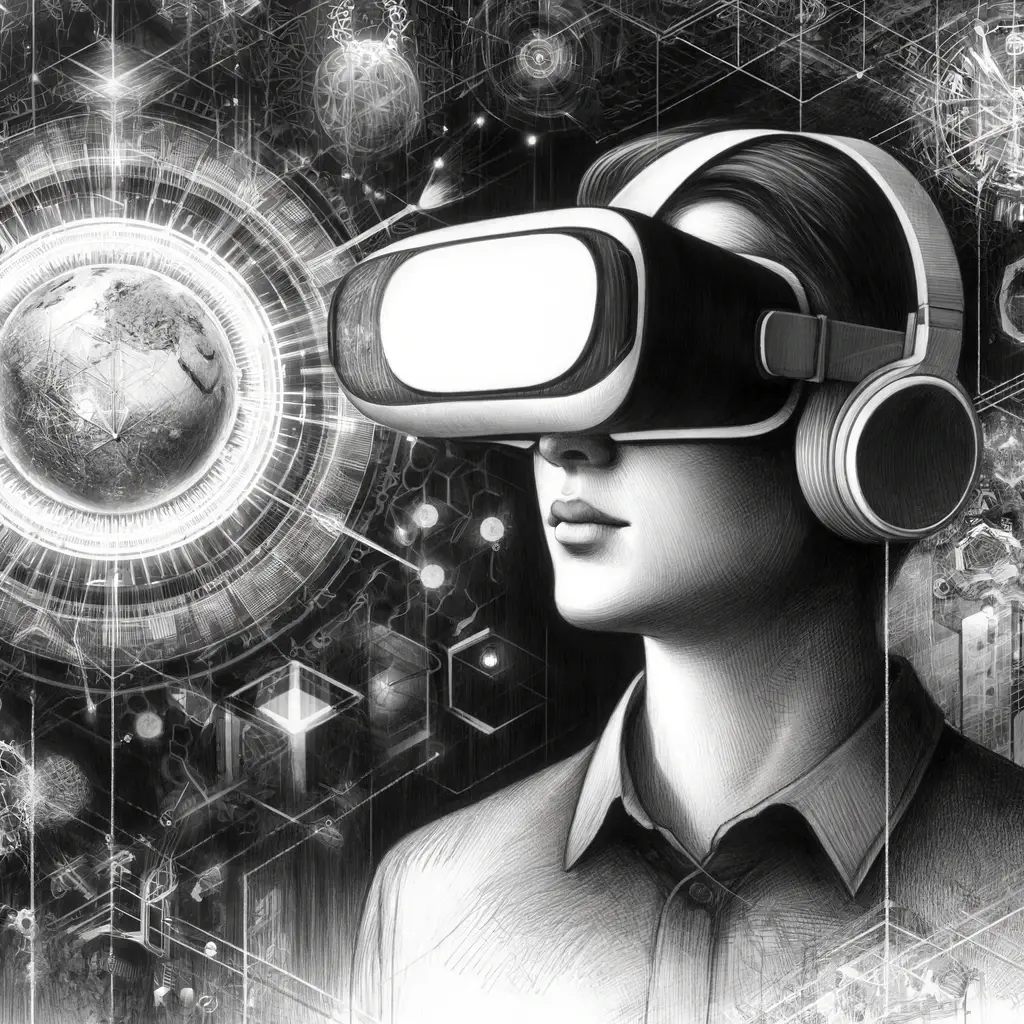.png)
The Future of Jobs Changing

Key Differences Between the Future of Jobs Report 2023 and the Future of Jobs Report 2025
A lot has changed in just 2 years. The main shifts reflect the impact of AI, economic conditions, workforce transformations, and evolving industry demands. Below are the primary differences:
AI and Technology Adoption
- 2023 Report: Focused on AI adoption as an emerging trend, with businesses expected to integrate AI and big data analytics. However, the actual adoption rate of AI technologies was lower than anticipated in 2020.
- 2025 Report: AI has become a dominant force in labor market transformation, with Generative AI (GenAI) leading the disruption. AI-driven automation and augmentation are now major forces shaping job creation and displacement.
📌 Key Shift: The 2025 report underscores that AI is no longer just an emerging trend but a fundamental driver of workforce transformation, reshaping job roles and skills requirements at an unprecedented pace.
Job Growth and Decline Projections
- 2023 Report: Expected a net job decline of 14 million jobs, with 69 million jobs created and 83 million lost due to automation, economic shifts, and industry trends.
- 2025 Report: Projects a net increase of 78 million jobs, with 170 million jobs created and 92 million lost. Frontline jobs (delivery drivers, farmworkers, salespersons) and technology-driven roles (AI specialists, cybersecurity experts, software developers) are expected to see the most growth.
📌 Key Shift: The 2025 report presents a more optimistic job outlook compared to 2023, highlighting job growth due to AI, sustainability efforts, and workforce restructuring.
Workforce Skills and Adaptation
- 2023 Report: Expected that 44% of core skills would change by 2027, with cognitive skills (analytical thinking, creative thinking) and self-efficacy skills (resilience, agility) in high demand.
- 2025 Report: Predicts that 39% of worker skills will change by 2030, with a slower rate of skill instability than in previous reports. AI and cybersecurity skills are now the fastest-growing, alongside leadership and problem-solving skills.
📌 Key Shift: The pace of skills disruption is stabilizing, as more workers (50% in 2025 vs. 41% in 2023) have participated in reskilling efforts. The importance of AI and cybersecurity skills has skyrocketed.
Impact of Macroeconomic Trends
- 2023 Report: Ranked macroeconomic issues like the cost-of-living crisis, slow economic growth, and geopolitical tensions as top concerns, predicting a net negative effect on employment.
- 2025 Report: While inflation and slow economic growth remain concerns, broader digital access is expected to be the most transformative macrotrend, affecting 60% of businesses by 2030.
📌 Key Shift: The 2025 report presents a more balanced view, recognizing economic risks but also acknowledging the transformative potential of digitalization and AI.
Automation vs. Augmentation
- 2023 Report: Projected that 42% of business tasks would be automated by 2027, with a steady increase in robotics adoption.
- 2025 Report: The human-machine frontier is evolving toward augmentation rather than outright automation, with AI increasingly used to enhance rather than replace human workers.
📌 Key Shift: The 2025 report acknowledges a shift from full automation to augmentation, where AI supports human workers rather than entirely replacing them.
Green Economy and Sustainability
- 2023 Report: The green transition was expected to be a major job creator, with climate-change mitigation, renewable energy jobs, and environmental engineering roles gaining importance.
- 2025 Report: Sustainability-related jobs continue to grow, but the emphasis has expanded to include energy storage, carbon emissions reduction, and electric vehicle (EV) innovation.
📌 Key Shift: The green economy remains a top driver of job creation, but the focus has evolved toward energy efficiency, EVs, and sustainability-focused engineering roles.
Workforce Transformation Strategies
- 2023 Report: Companies planned to prioritize internal reskilling over hiring external talent, with 48% of businesses focusing on improving talent progression.
- 2025 Report: 85% of businesses now prioritize workforce reskilling, and diversity, equity, and inclusion (DEI) initiatives have increased significantly, with 83% of companies having DEI strategies (vs. 67% in 2023).
📌 Key Shift: Companies are more proactive about reskilling and talent diversity, investing more heavily in workforce development.
Final Summary: Key Differences
| Category | 2023 Report | 2025 Report | Key Shift |
|---|---|---|---|
| AI Adoption | AI & big data as emerging trends | AI & GenAI as dominant forces | AI is now central to job transformation |
| Job Growth | -14M net loss (69M jobs created, 83M lost) | +78M net gain (170M created, 92M lost) | More optimistic job growth outlook |
| Skills Disruption | 44% of skills will change | 39% of skills will change | Skills transformation slowing down (I personally disagree) |
| Macroeconomic Trends | Cost of living & slow growth seen as job destroyers | Digital access & AI seen as major job creators | More balanced outlook on economic risks vs. opportunities |
| Automation vs. Augmentation | 42% of tasks automated by 2027 | AI increasingly used for augmentation | AI supports workers rather than replaces them |
| Green Economy | Renewable energy & ESG job growth | Focus on energy storage, EVs, carbon reduction | Sustainability trends have evolved |
| Workforce Strategies | Reskilling a priority for 48% of companies | Reskilling a priority for 85% of companies | Greater investment in employee training & diversity |
The Future of Jobs Report 2025 reflects a more optimistic and refined outlook on the labor market than the 2023 report. While AI-driven automation remains a concern, job creation is outpacing job loss, and AI augmentation is replacing fears of full automation. Additionally, workforce reskilling, sustainability, and digital expansion are shaping the future of employment.
Below is a list of jobs that could potentially be displaced
1. Administrative & Clerical Roles
🔹 Data Entry Clerks – AI and automation can process and manage data faster.
🔹 Receptionists – Chatbots and virtual assistants are replacing front-desk roles.
🔹 Bank Tellers – Online banking and ATMs are reducing the need for in-person banking.
2. Retail & Customer Service
🔹 Cashiers – Self-checkout kiosks and cashier-less stores (like Amazon Go) are growing.
🔹 Telemarketers – AI-driven sales calls and robocalls are taking over.
🔹 Retail Salespeople – E-commerce is reducing the need for physical store employees.
3. Manufacturing & Warehouse Jobs
🔹 Assembly Line Workers – Robotics and AI-driven machines are improving efficiency.
🔹 Packagers – Automated packing and shipping systems are replacing human labor.
4. Transportation & Delivery
🔹 Truck Drivers – Autonomous trucks are being developed by Tesla, Waymo, and others.
🔹 Taxi & Rideshare Drivers – Self-driving technology could reduce human drivers in the future.
🔹 Delivery Workers – Drone and robot deliveries are becoming more common.
5. Media & Creative Jobs
🔹 Traditional Journalists – AI-generated content and social media influencers are shifting the industry.
🔹 Graphic Designers (Basic Level) – AI design tools like Canva and Midjourney can generate logos, ads, and more.
6. Finance & Accounting
🔹 Bookkeepers & Accountants (Entry-Level) – AI-powered software like QuickBooks and Xero are automating bookkeeping.
🔹 Stock Traders – Algorithmic trading and AI are taking over many investment decisions.
7. Legal & Paralegal Roles
🔹 Paralegals & Legal Assistants – AI can analyze legal documents faster and more accurately than humans.
8. Agricultural & Farming Jobs
🔹 Farm Laborers – Autonomous tractors, drones, and AI-driven farming are reducing manual labor needs.
What This Means for Workers
If your job is on this list, it doesn’t necessarily mean it will vanish overnight. Instead, these jobs will evolve, and workers will need to adapt by learning new skills. The safest jobs in the future will be those that involve:
✅ Creativity & Problem-Solving
✅ Emotional Intelligence
✅ AI & Technology Management
✅ Critical Thinking







